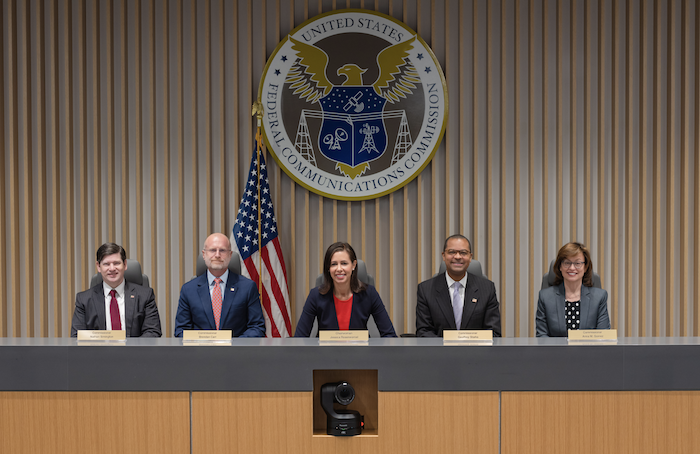UPDATE FCC Chairwoman Jessica Rosenworcel wants to update the Citizens Broadband Radio Service (CBRS) rules and has circulated a Notice of Proposed Rulemaking (NPRM) to her colleagues for a vote. If passed, the NPRM would seek comment on a range of potential rule changes to improve the CBRS for all current and future users of the 3.55-3.7 GHz band (3.5 GHz band), according to the Commission.
The 3.5 GHz band uses a three-tiered access and authorization model that protects incumbent users, notably U.S. Navy radar along the coasts. The access and authorization model allows for geographically licensed operations following the FCC’s 2020 auction of Priority Access Licenses and permits opportunistic licensed-by-rule General Authorized Access use.
The proposed changes come after the FCC, NTIA and the U.S. Navy collaborated to expand spectrum sharing in the 3.5 GHz band, Inside Towers reported. They say modifications to the aggregate interference model used in the 3.5 GHz band would allow the CBRS to provide uninterrupted access to mid-band spectrum that supports wireless internet and other services to approximately 72 million more people.
This enables DoD to use the same frequencies for its critical missions while companies and the public can use it for next-generation wireless services, including 5G. The new plan calls for a reduction in the size of Dynamic Protection Area neighborhoods along coastlines and around federal facilities throughout the country. In these areas, commercial use can be preempted by federal operations.
The NPRM would, if adopted, propose rules to add definitions to part 96 related to protection of federal incumbent users and modify other part 96 rules governing such protections. The NPRM also proposes to sunset rules related to the transition of grandfathered wireless broadband services in the 3.65-3.7 GHz band.
In addition to the specific proposals related to federal protection, the NPRM also seeks comment on whether to align 3.5 GHz protection methodologies with those in adjacent bands. It also seeks public input on revisiting the FCC’s Environmental Sensing Capability approval procedures and facilitating the continued introduction of CBRS in areas outside of the contiguous United States.
“Cooperation is critical for a successful spectrum future,” said Rosenworcel. “We can preserve and enhance the Citizens Broadband Radio Service to both protect progress and look ahead to further opportunities. This proposal represents our continued commitment to developing, and improving, spectrum sharing models that provide opportunity for expanded use of the airwaves.”
By Leslie Stimson, Inside Towers Washington Bureau Chief





Reader Interactions